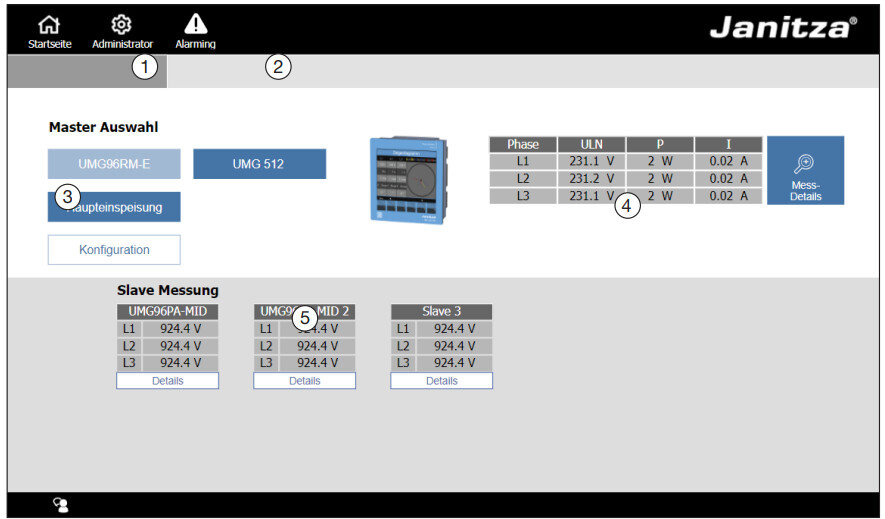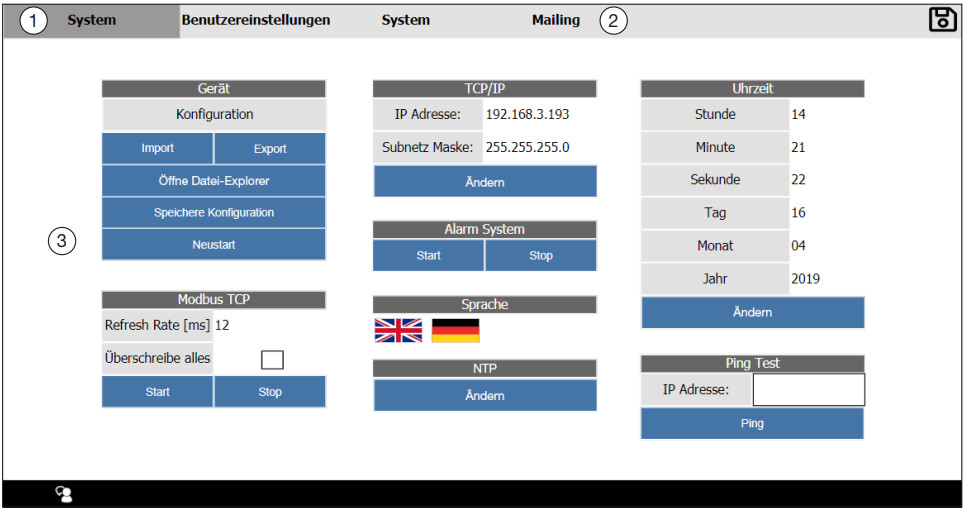
Frequently asked questions (FAQ)
enline regulates charging stations via various interfaces. The universal interface is OCPP 1.6 JSON, which is also used for communication with charge management systems and is supported by every smart charging station. This means that enline supports EVERY CHARGING STATION with OCPP 1.6 JSON and charging profiles and can control them dynamically. In addition, previously unsupported charging stations can be connected to enline systems very quickly and flexibly using Modbus templates.
The following charging stations are also connected via additional interfaces such as REST, Modbus or UDP:
| Manufacturer | Model | Remarks |
|---|---|---|
| Alfen | NG9 series | |
| Alpitronic | DC-Charger | |
| Bender | CC612, CC613 | |
| Circontrol | Wallbox e-Series | |
| Compleo | eBox | |
| Compleo | DC charger | |
| Compleo | Solo | |
| Eaton | Greenmotion | from enline 7.5 |
| EnerCharge | DC Charger, DC Bus Pillar | |
| ETREL | INCH Home | |
| ETREL | INCH Pro | |
| ETREL | INCH Duo | |
| Garo | PCE | Entity | as of enline 7.5 |
| go-e | HOME, HOME+ | |
| go-e | Gemini | |
| go-e | Charger Pro / Charger Pro Cable | |
| KEBA | P30 x-series | |
| KEBA | P30 c-series | |
| KEBA | P40 series | |
| Kempower | DC Charger | from enline 7.6 |
| Kostad | DC Charger | |
| Mennekes | ECU series | |
| Salia | Moon | Wallbox Connect | |
| Salia | Moon | POWER Charger | |
| Scraper | i-Charge | as of enline 7.6 |
| Siemens | SICHARGE | as of enline 7.5 |
| PCE | GLB | |
| PCE | LS4 | |
| Zaptec | Zaptec Pro |
Yes and no – two load management systems that monitor a system at the same time must also communicate with each other to form a unit. If this is not the case, the problems to be expected far outweigh the potential benefits, as simultaneous control processes can result in power oscillation (pendulum operation).

enline Cloud Controllers communicate multidirectionally. This means that even large systems with any number of controllers can be intelligently networked with each other to maintain a common limit value. This avoids any oscillating behaviour and building complexes can be controlled and optimized on the basis of common criteria.
With appropriate integration of the enline IO modules or virtual integration of Modbus registers, any energy source can be optimized.
In addition to optimizing electrical power, enline systems are also widely used in industry for controlling and monitoring gases and liquids.
enline processes all measured values regardless of the energy source. For this purpose, the enline system software offers various units for meter integration.
In addition, further energy meters can be used via Modbus RTU or “virtual energy meters” via Modbus TCP, which can provide any measured values such as temperature, pressure, flow rate, weight, etc.
enline Cloud Controller (enline CC) can be fully parameterized via a cloud connection. To do this, you need the enline system software, an enline Cloud user with authorization to parameterize your controller as well as the password and serial number of the enline controller.
Communication between enline system software and the enline Cloud Controller is encrypted.
In short: Yes!
In the enline system software, data transmission to the enline Cloud can be customized for each individual input, output, energy meter, tariff circuit and control circuit.
If a customer-specific MQTT broker is used in parallel to the enline Cloud, data transmission to this broker can also be activated or deactivated for each individual input, output, energy meter, tariff circuit and control circuit, regardless of the enline Cloud configuration.
All enline controllers store data from your energy meters, tariff circuits, control circuits, switching protocol, etc. in a local memory. With an average system size, this is sufficient for data from 2 months (SMART-480) to 2 years (enline CC).
So if communication with the enline cloud fails, no data is lost. This locally stored data is automatically synchronized with the data in the cloud once the connection is restored.
DHCP is activated ex works. This means that the JPC 100-WEB receives an IP address from your DHCP server. To access the JPC 100-WEB from a PC in the same network, proceed as follows:
1. open a browser on the PC.
2. enter the following in the address line: http://[IP-Adresse des JPC 100-WEB]:8080/jpc.html (e.g. http://192.168.1.10:8080/jpc.html )
Then log in to the web interface with the standard access data
Username: admin
Password: 1234
Costs for electrical power are charged in the following two items:
Grid usage and grid provision
Both items are specified by E-Control for each grid operator and each grid level and adjusted annually(E-Control system utilization tariffs). This means that these are non-negotiable and are as follows for the Kelag grid area in 2023:
The use of a load profile meter is mandatory in Austria for back-up fuses greater than 63A. This means that your energy consumption and power requirements are recorded and transmitted to the grid operator, just like with a smart meter in the home.
If this is the case in your company, this means that in addition to your energy consumption (kWh), you also have to pay for grid usage according to output. In addition, when you connected to the grid, you had to pay for a “grid provision power”, which corresponds to the maximum cumulative power to be drawn.

A load management system (LMS), often also called “energy optimization, load optimization, peak load management system”, manages the electrical power within a system and reduces the amount of power required at the same time in order to reduce costs. For this purpose, an LMS continuously records the loads of consumers and the main feed-in in order to then decide when, where and how much power needs to be reduced. This is done by briefly switching off static loads and thus reducing the output of the entire system by extending the duration of the energy requirement. In properly configured systems, this is done in such a way that the employee does not notice the switching process.
Modern, dynamically controllable loads are infinitely variable and therefore only consume the power released by the load management system.
In addition, the LMS can also support the integration of renewable energies such as wind and solar energy by controlling generation according to availability and demand conditions. It can also help to improve energy storage and the use of batteries to optimize energy use.
The LMS can also be used as an important component of energy efficiency and sustainability by reducing consumer energy consumption at peak times and maximizing the use of renewable energy. Effective implementation of the LMS can make the overall energy supply more reliable, efficient and cost-effective.
| Source address | Ports | Protocols | Description |
|---|---|---|---|
| enline Controller | 80 + 443 | HTTP+S | Internet connection |
| enline Controller | 8883 | MQTTS | Cloud connection |
| enline Controller | 25 + 465 TCP | SMTP+S | |
| enline Controller | 123 UDP | NTP | Time synchronization |
| enline Controller | 53 TCP + UDP | DNS | Name resolution |


